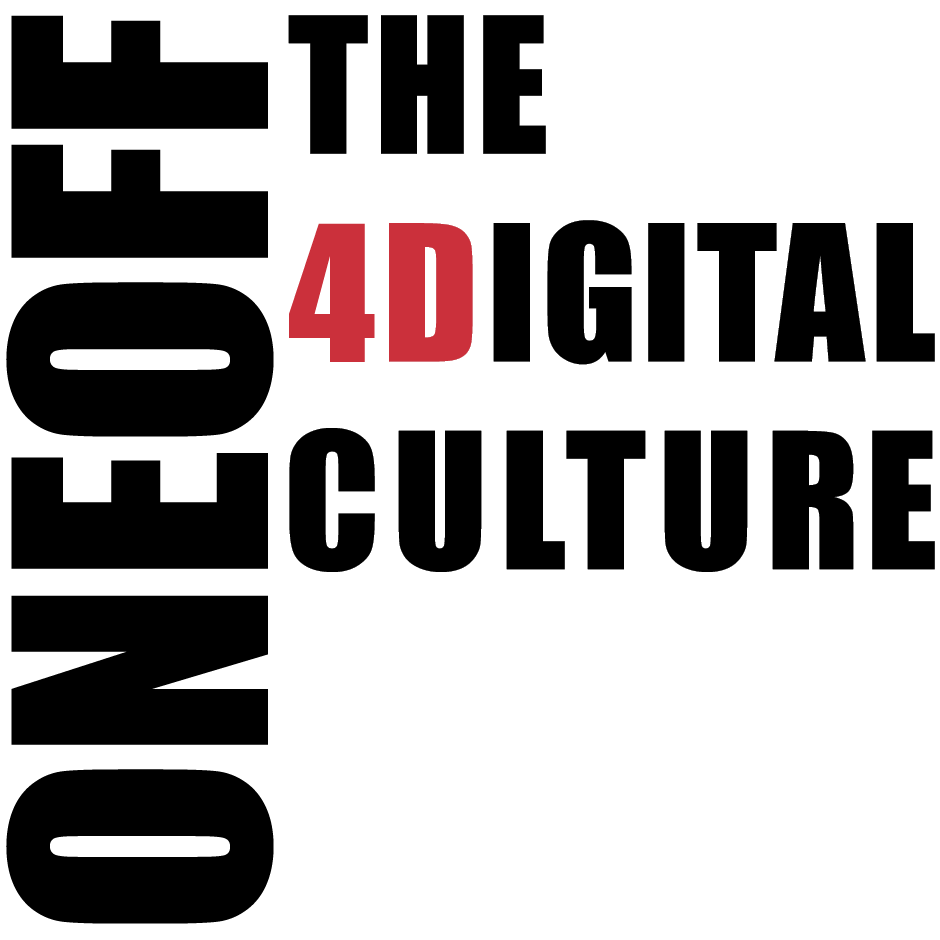3D Printing
Rapid Prototyping
3D Printing and Rapid Prototyping (RP) are based on a technology that allows for objects with a complex geometry to be created in a short time frame and without the need for manual tools, directly from the mathematical model created with 3D CAD software. Rapid prototyping is an effective way of saving overall time and money in the development a project by reducing potential errors and hence the number of prototypes needed during the design stage.
ONEOFF, uses the main systems of additive manufacturing technology for rapid prototyping, which allow for extraordinary results and vast potential. ONEOFF embraces the concept of Digital Culture to it its fullest, combining design, production and interaction design skills to create any kind of product or prototype.
ONEOFF, with consolidated expertise built in over ten years experience and experimentation in the field of 3D Printing Milano and Rapid Prototyping Milano, creates prototypes using the most innovative and consolidated additive manufacturing technologies on the market:
Selective Laser Sintering (SLS)
This technology uses a laser to locally fuse and bind each layer within a sealed environment that is heated to a temperature of approximately 185°C.
Material used for this technique is white powdered polyamide (nylon).
Thanks to the construction method support mechanisms are not required, since the powder bed serves as an in-process support structure for the model.
This technology is generally suitable for models with good mechanical properties that do not require post-production finishing. Particular care must be taken during the cooling process of the prototype since shrinkage tends to be difficult to control.
Stereolithography (SLA)
This technology polymerises, and therefore solidifies, layers by means of a laser beam.
It uses white or translucent liquid epoxy resins (photopolymers) which are instantly cured (solidified) by a laser.
To support the model within the vat, special support structures are created at the same time as the prototype and using the same material. The results are good quality and compact surface finishes that allow for details that can be easily varnished. It also produces good mechanical features that “simulate” definitive materials.
The process does not require heat and therefore shrinkage is limited and easily controlled.
Fused Deposition Modelling (FDM)
In this case layers are generated by extruders that transport the material to the fusion point, before depositing it.
Materials to be deposited are standard polymers which are fed to the extruders in the form of white thermoplastic filaments.
During construction phase the 3D printer uses extruder heads to deposit removable support structures that are necessary to support the prototype.
The combination of this technology and thermoplastic materials ensures high mechanical qualities and allows for details that can be easily varnished. Prototypes created with FDM technology also have significant dimension stability.
PolyJet (Objet)
This technology deposits layers through a series of printhead nozzles that locally release a white photopolymer liquid onto a work surface on which UV lamps instantly cure the deposited material ensuring a high dimensional stability with details that can be easily varnished. In addition to the material chosen for the prototype, the 3D printer also deposits a gel-like support material where needed for complex shapes or overhangs. The gel is easily removed by hand or with water.
The system of depositing material through printhead nozzles allows for extremely high resolution (600Dpi) though with limited mechanical features. It is ideal for small prototypes with high levels of detail such as jewellery and small components.
All these techniques work on the notion of layers, differing mainly in terms of the materials used, the physical principles exploited and the purpose of the prototype.
... And the human touch?
In Rapid Prototyping professional know-how and support is applied in two distinct phases: pre-production and post-production.
During pre-production the CAD file is evaluated and the geometry of the mathematical model is checked. The time required for this process is difficult to quantify beforehand as it depends entirely on the software used and the precision with which the mathematical model has been generated. The model is translated into an STL file, which describes it as a mesh of perfectly closed triangles (a kind of skin that covers the entire volume of the object). The mesh must not have any gaps, overlaid triangles, or be made of triangles that are too big, resulting in faceted rather than curved surfaces. The files must be checked by professionals with expertise in a wide range of 3D modelling software and the ability to identify any anomalies.
Another important aspect is the nesting phase (positioning in the machine). This ensures that the resulting object has an optimal shape and structure.
Post-production involves drying, resin treatments, sanding and any other required surface treatments of the model. This phase requires the more traditional model-making manual expertise of the skilled craftsman.


















